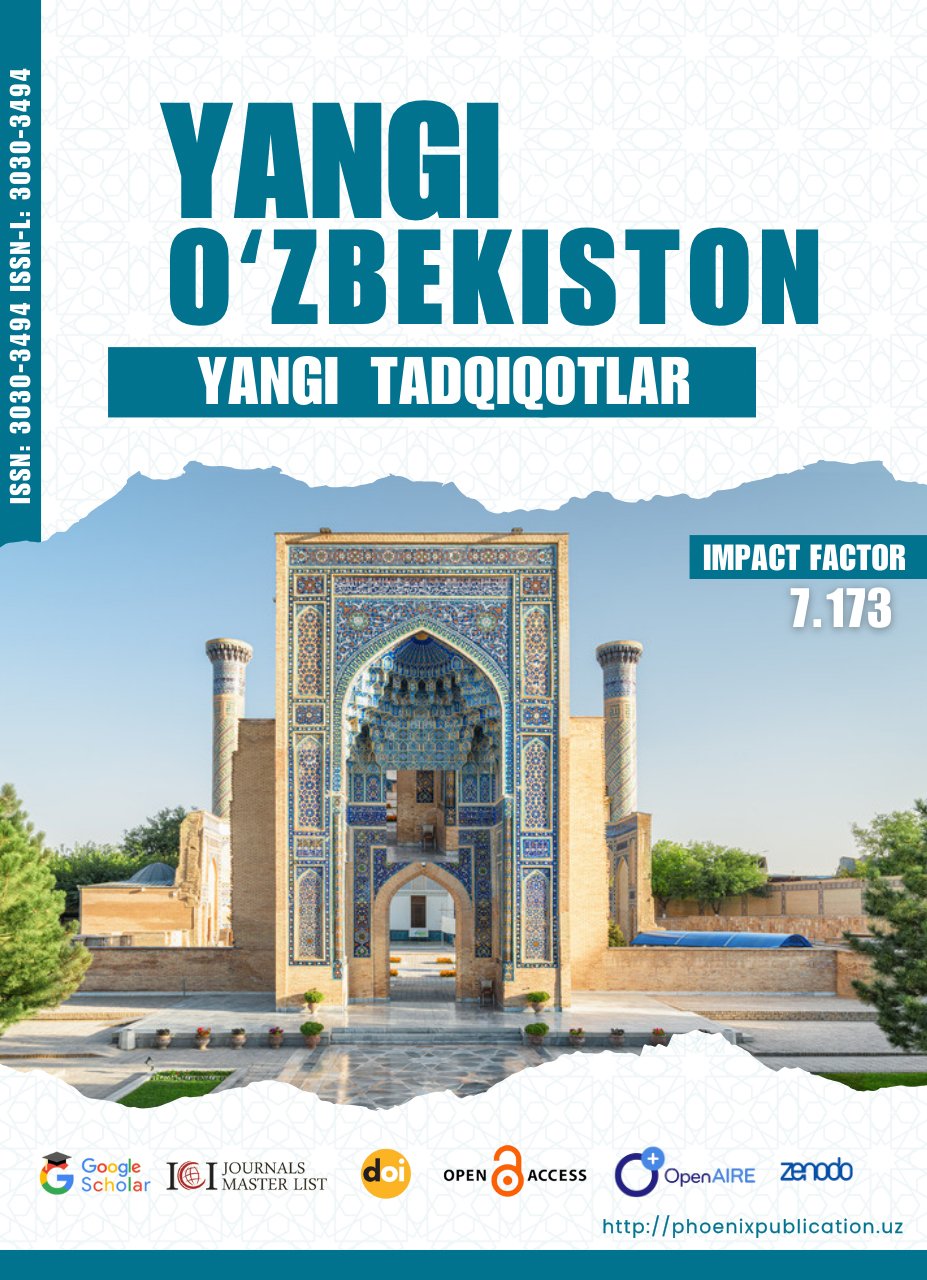Abstract
Proverbs and sayings are an integral part of linguistic and cultural heritage, reflecting the wisdom, traditions, and worldview of a nation. This theme explores the national and cultural peculiarities of English and Uzbek proverbs, analyzing their origins, meanings, and usage in both languages.
References
1. Yuldashev, U., & Karimov, N. (2019). "Comparative Analysis of English and Uzbek Proverbs." International Journal of English Linguistics. - A direct comparison of linguistic and cultural aspects in both languages.
2. Azimova, N. (2015). "Cultural and National Specificity of Proverbs in English and Uzbek." Tashkent State Pedagogical University. - Focuses on Uzbek proverbs and their cultural significance.
3. Dundes, A. (1981). "On the Structure of the Proverb." Proverbium.- A structural approach to proverb analysis.
4. Lauhakangas, O. (2013). "The Matti Kuusi International Type System of Proverbs." FF Communications. - A classification system useful for cross-linguistic proverb studies.
5. The Paremia Project – A database of proverbs from different languages: [https://www.paremia.org](https://www.paremia.org)
6. Proverb Hunter – A collection of proverbs with cultural explanations: [https://www.proverbhunter.com](https://www.proverbhunter.com)
7. Uzbek National Corpus – For authentic Uzbek proverbs: [https://corpus.uz](https://corpus.uz)
8. Rasulov, R. (2008). "O‘zbek va Ingliz Maqollarining Qiyosiy Tahlili." Tafakkur Publishing.
9. Qodirov, M. (2012). "Milliy Maqollar: Madaniyat va Til." Shark Publishing.
